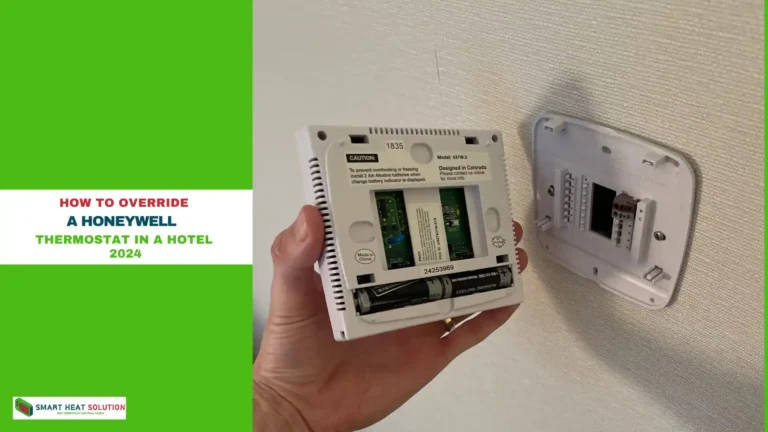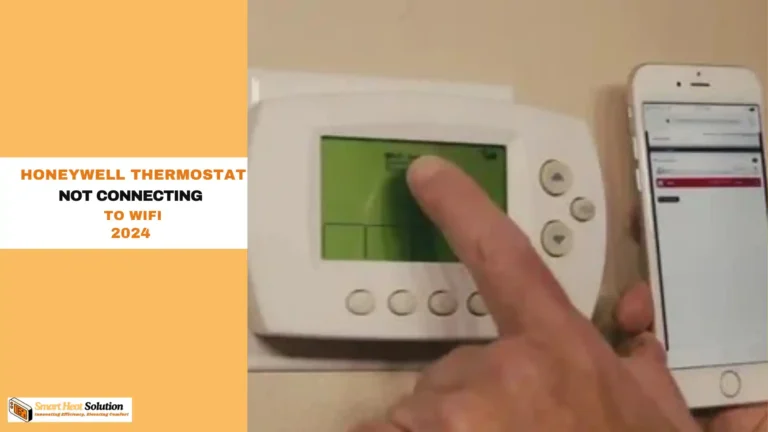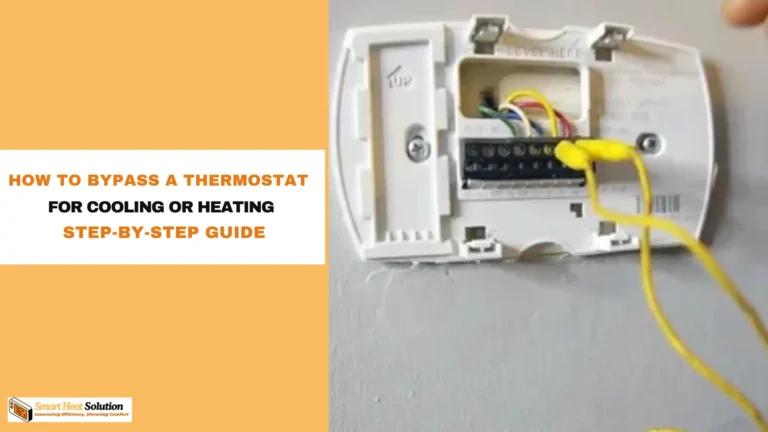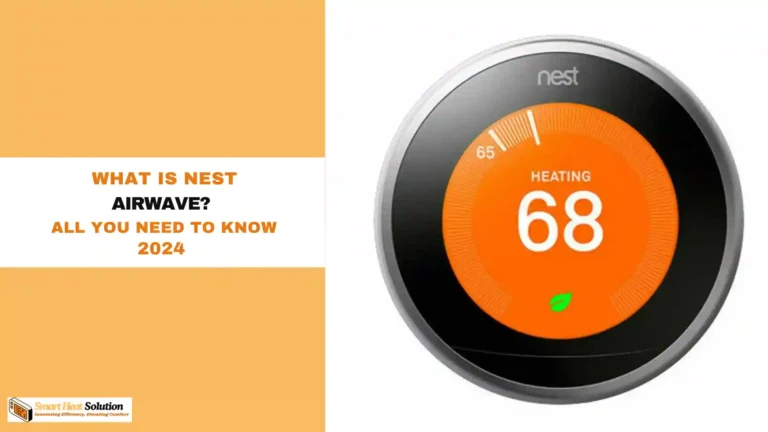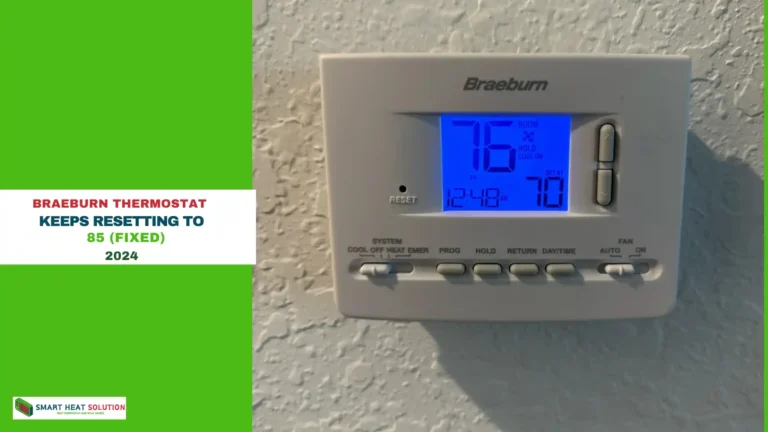Best Placement for Your Thermostat In 2024
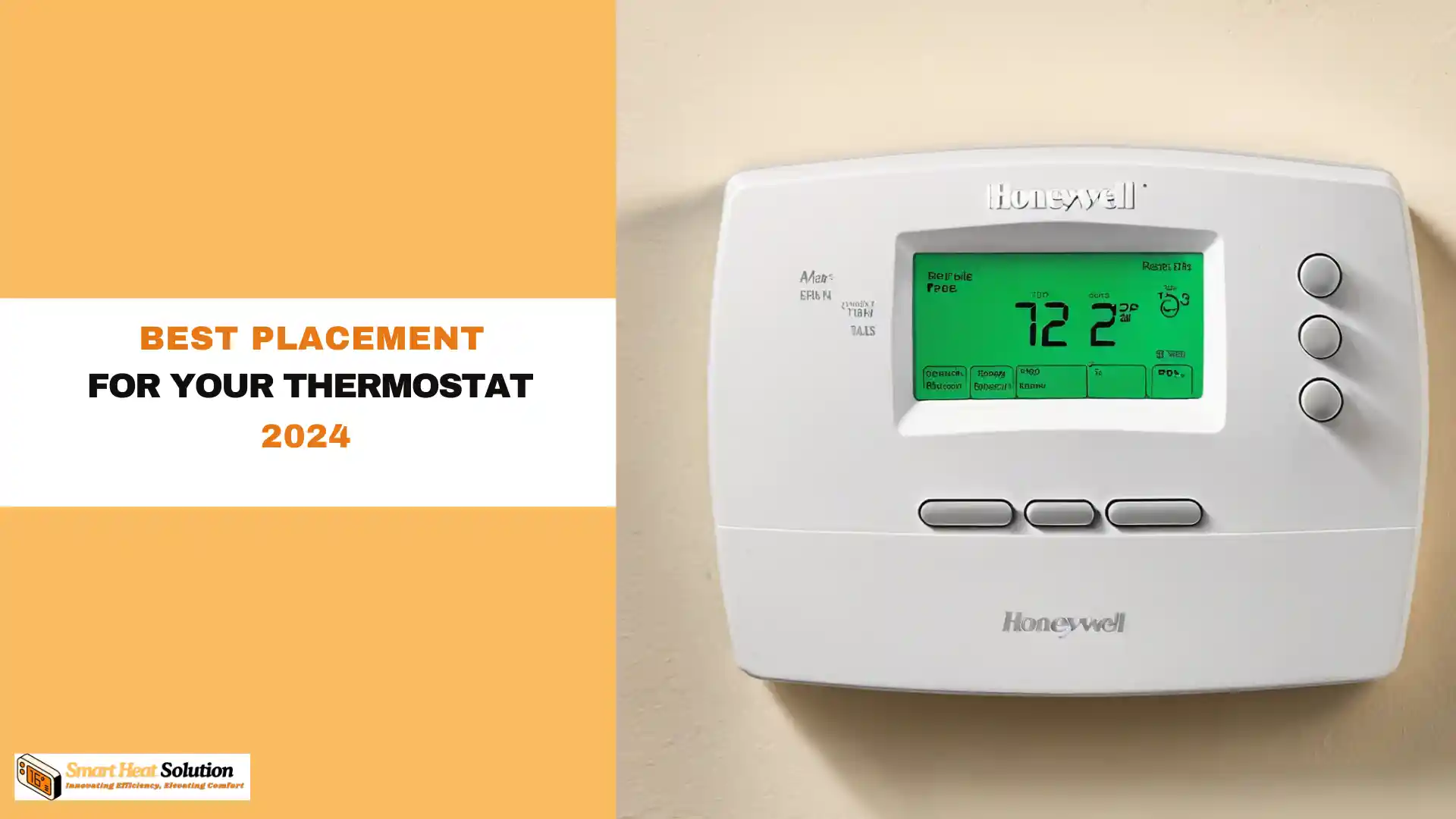
“Upgrading your thermostat? Before you even think about smart systems or energy-saving modes, the real game-changer is where you place it. Get this wrong, and you’re throwing money away
Most people don’t even think about this until they start experiencing issues with their home temperature control. Too cold when it should be warm, too warm when it should be cold, and let’s not even get into those energy bills.
In this article, we’re diving into everything you need to know about thermostat placement, where it shouldn’t go, and why positioning it right can save you a ton of headaches and money.
The Main Goal: Accurate Temperature Readings
Your thermostat controls when your HVAC system kicks on or off. If it’s in the wrong spot, it won’t get an accurate reading of the room’s actual temperature, which means your system will work overtime or not enough. And trust me, neither of those are good options.
When your thermostat misreads the room’s temperature, it’s like telling your car to speed up when you’re already cruising at 60 mph on the highway. Not only is it unnecessary, but it also burns through more fuel (in this case, energy) than needed.
Key Considerations When Placing Your Thermostat:
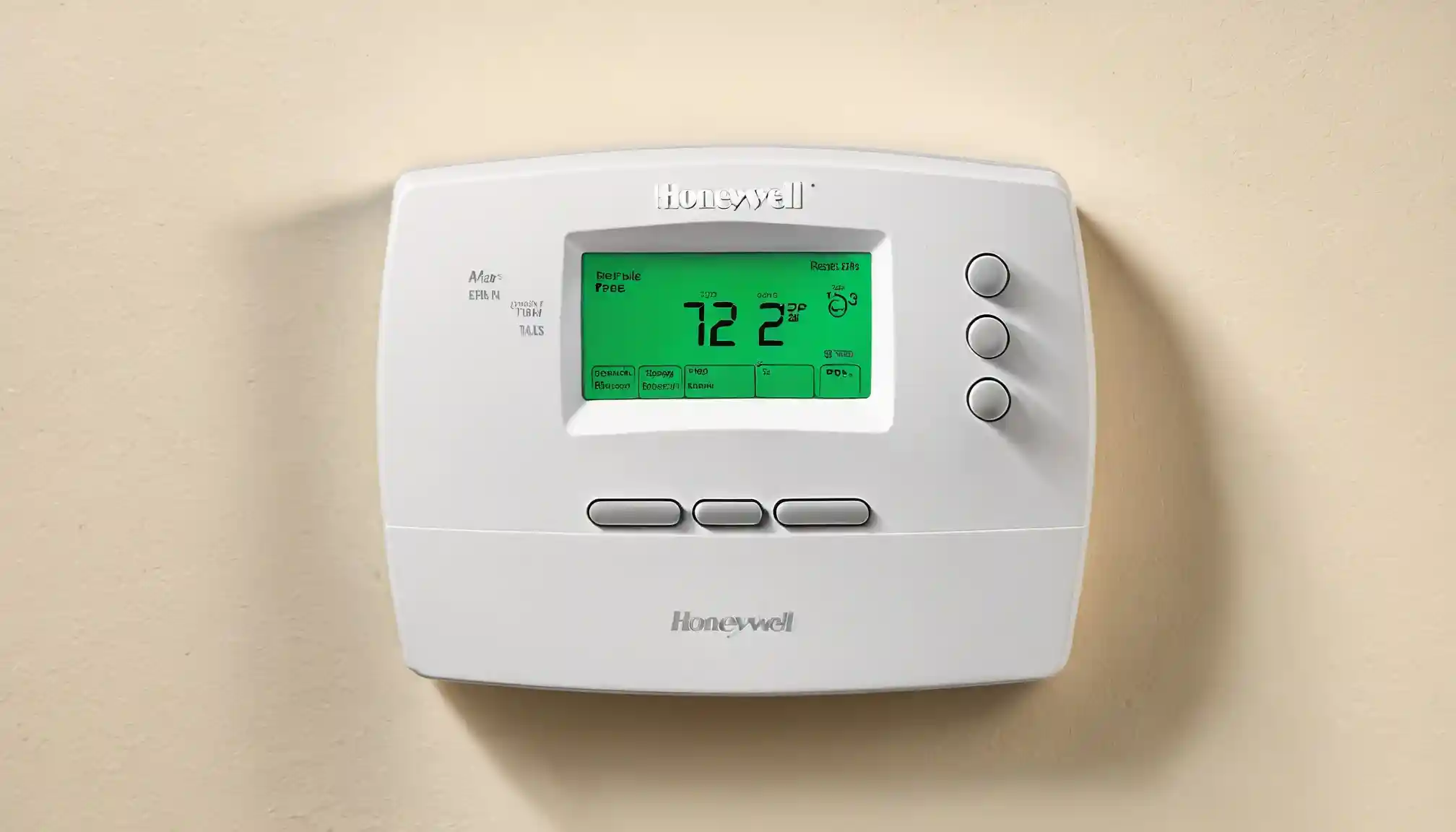
- Avoid Direct Sunlight
A thermostat sitting in the sun gets tricked into thinking the room is much warmer than it is. This causes the AC to run when it’s not even needed, wasting both energy and money. I can’t tell you how many homes I’ve seen where this simple mistake cranks up bills unnecessarily. - Steer Clear of Air Vents
Air vents give off conditioned air, which can mess up your thermostat’s ability to gauge the overall room temperature. For example, if it’s near a heating vent, the thermostat thinks the room’s warm when really, it’s just that localized area. Result? Your system shuts off prematurely. - Don’t Place It Near the Kitchen
Kitchens are always fluctuating in temperature due to cooking, ovens, and other appliances. Your thermostat will think your whole house is warm when it’s just the kitchen throwing off excess heat. Imagine having your AC blasting because of some baked cookies—waste of energy, right? - Skip Hallways
Hallways are a big no-go. No one lives in the hallway, and it doesn’t represent the temperature of your main living spaces. I always tell people, “Why regulate the temperature of a space where you don’t even hang out?” - Keep It Away From Doors and Windows
Drafts from doors and windows are thermostat killers. Every time you open a door, your thermostat will feel that surge of outside air and assume it’s time to start heating or cooling. It’s a recipe for skyrocketing energy bills.
So, Where Should You Place Your Thermostat?
Now that we know where not to place it, let’s talk about the ideal thermostat location.
Where you put your thermostat matters. It can affect how well your heating and cooling system works and how comfortable your home feels. Here’s a simple guide to the best spots for placing your thermostat.
Best Places to Put Your Thermostat
Ideal Height for Your Thermostat

Your thermostat should be placed 52 to 60 inches above the floor. If it’s too low, below 52 inches, it might read the temperature as cooler than it really is. If it’s too high, over 60 inches, it might think the room is warmer than it actually is.
Interior Wall
An interior wall is great because the temperature in these areas tends to stay steady. The temperature on exterior walls can go up and down depending on the weather outside, which can mess with your thermostat’s readings.
Center of the House
The center of your home is usually the best spot for accurate temperature readings. When the thermostat has a more accurate read, your heating and cooling system will run more efficiently, saving you money and keeping your home comfortable.
The Bottom Floor
If your home has more than one floor, it’s best to place the thermostat on the first floor. Hot air rises, so a thermostat on the second floor might read the temperature as warmer while the first floor is still cool.
About 52-60 Inches Above the Floor
Heat rises, so placing your thermostat too high can give inaccurate readings. Somewhere between 52 and 60 inches is ideal for accurate sensing.
A Frequently Used Room
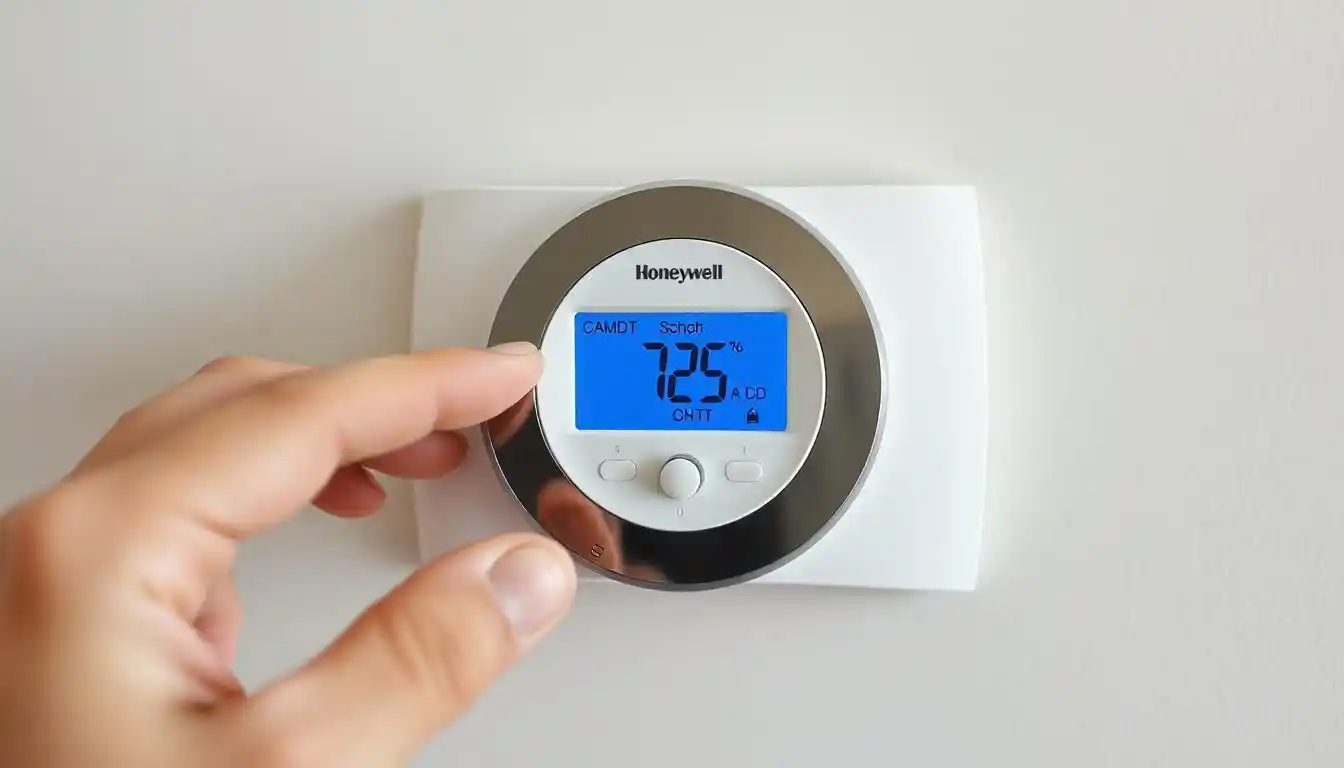
Think about which room you spend the most time in, like the living room. Putting the thermostat there ensures that your most-used room stays comfortable, and it’s easy to access when you need to adjust it.
Final Tip: For bigger homes, installing a dual-zone thermostat can give you better control and improve energy efficiency across different floors or zones.
What About Smart Thermostats?
If you’re investing in a smart thermostat, it comes with a few added advantages, like multiple sensors that help balance temperature readings. However, even with a smart thermostat, you still need to avoid placing sensors in bad locations, like near windows or vents.
Zoning Systems Can Help
If you’ve got a zoning system in place, you can create different zones for your thermostat to monitor, which can help avoid some of the placement pitfalls. Still, the general rules apply: keep sensors and thermostats out of direct sunlight, away from vents, and in the most used rooms.
Why Bad Thermostat Placement Wastes Energy
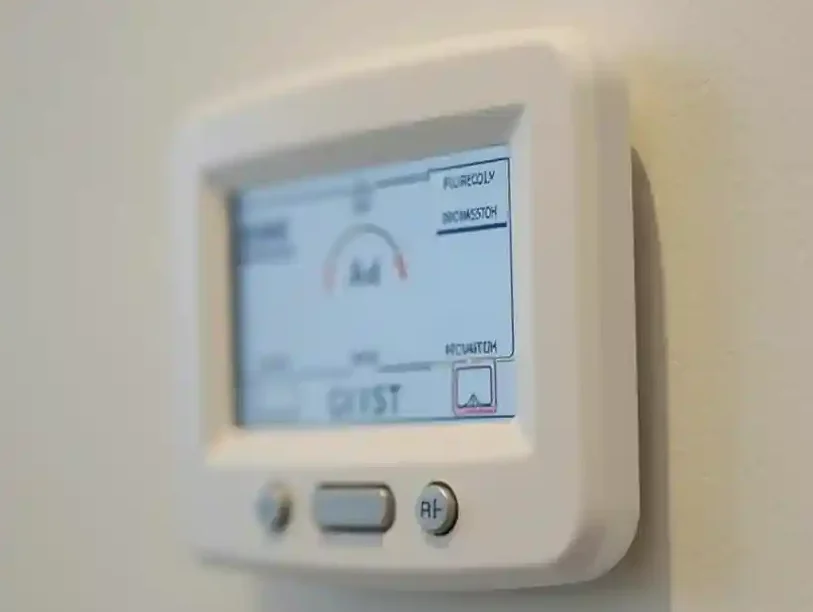
Let’s get to the part most people care about: saving money.
A thermostat in the wrong place leads to ghost readings. Ghost readings are when your thermostat thinks the temperature is higher or lower than it actually is, causing the HVAC system to turn on or off at the wrong time.
- Wasted Energy
Every time your HVAC system unnecessarily cycles on or off, you’re burning through energy for no reason. Studies show that poor thermostat placement can spike energy costs by up to 30% annually, according to Energy.gov. It adds up. - Shortened Equipment Lifespan
When your system works harder than it should, it wears out faster. Frequent on/off cycles increase the wear and tear on your HVAC components, leading to more frequent repairs or even premature system replacement.
Personal Take: Learn From My Experience
I once placed my thermostat in a hallway because, honestly, it was out of the way and I thought it wouldn’t be an eyesore there. Big mistake.
The hallway was consistently colder than the rest of the house. So, the heating system ran more often than it should, and my living room felt like a sauna. After moving it to a central wall in my living room, everything balanced out, and I saw a noticeable drop in my energy bill. Lesson learned.
FAQs
1. What is the ideal height for a thermostat?
The best height for your thermostat is between 52 and 60 inches from the floor. This provides an accurate reading of the room’s temperature, as it avoids heat from rising and cold drafts near the ground.
2. Can I place my thermostat in the hallway?
While it’s common to place thermostats in hallways, it’s not ideal. Hallways often don’t reflect the temperature of the main living areas, leading to inaccurate readings.
3. Is it OK to have my thermostat near a window?
No, placing a thermostat near a window can expose it to drafts and direct sunlight, both of which skew temperature readings and waste energy.
4. What’s wrong with placing a thermostat near vents?
Vents blow conditioned air, which throws off the thermostat’s ability to measure the room’s true temperature. It can cause your system to turn off too soon or keep running unnecessarily.
5. Can smart thermostats fix placement issues?
Smart thermostats can help with some placement issues, but you still need to be careful about where you put them. The same rules apply: avoid direct sunlight, vents, and drafts for accurate readings.
Getting the right thermostat placement is like hitting a sweet spot for energy efficiency, comfort, and savings. Trust me, once you get it right, you’ll wonder why you didn’t move it sooner.

I’m Alan William’s, the founder of SmartHeatSolution.com. I am from California, USA, I’m passionate about innovative heating technologies and their impact on our homes and businesses. With a background in electrican and home repair , I aim to make smart, energy-efficient heating accessible to everyone. When I’m not writing, I’m likely interested in all the thermostat brands and their new technnology. Thanks for stopping by!

